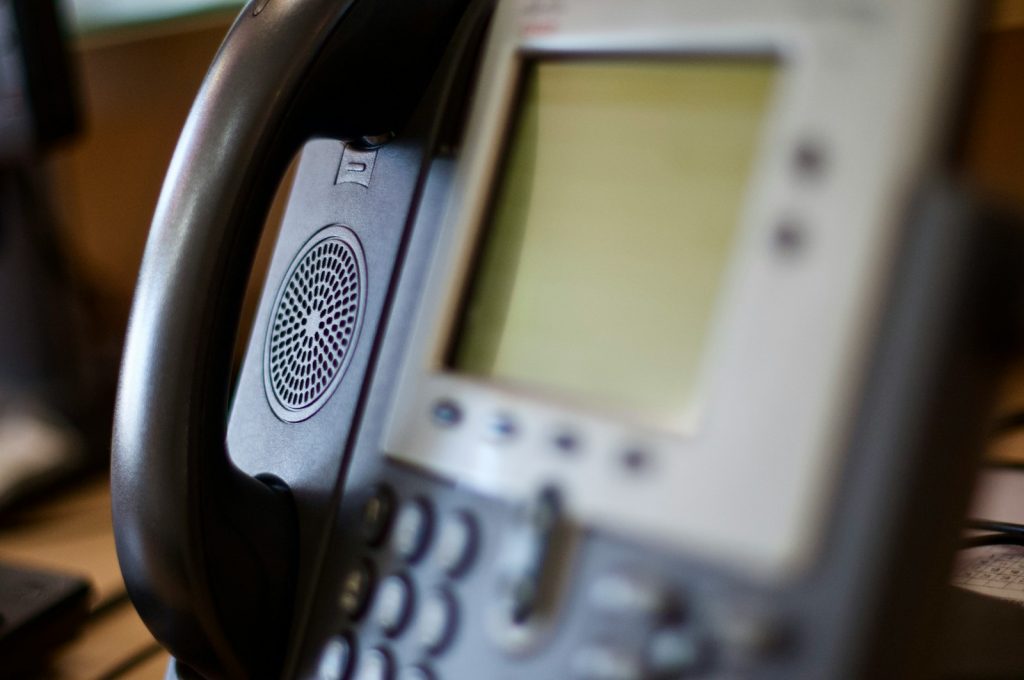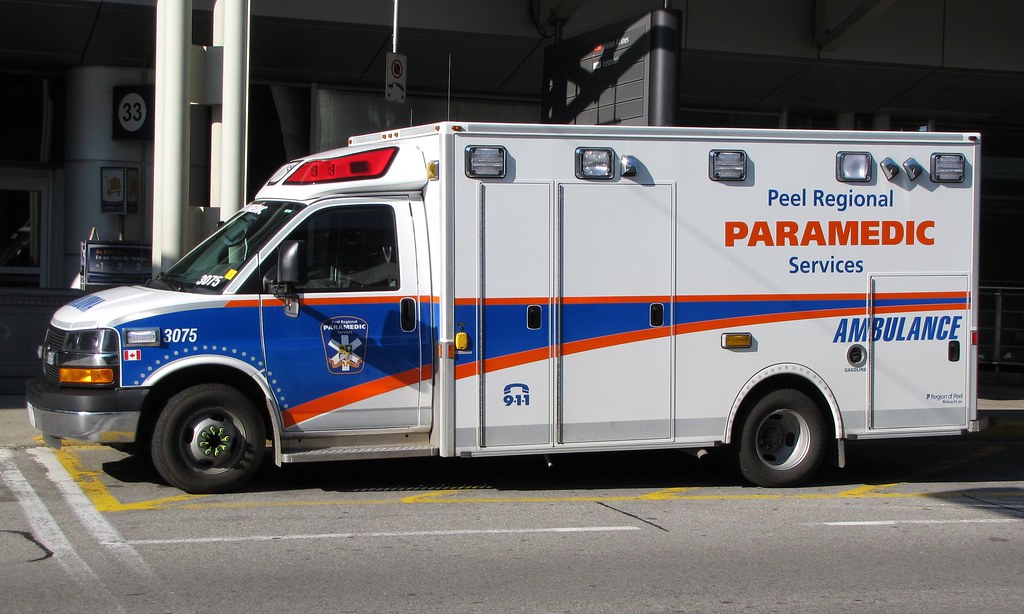How The U.S. And Canadian Election Processes Differ
Posted November 3, 2008 12:00 pm.
This article is more than 5 years old.
Think our campaign was long in the last federal election? Americans have been listening to speeches, attacks, claims, counter-claims, finger pointing, half-truths and promises for two solid years. And now, finally, much to the relief of many, it’s almost over.
When they vote on Tuesday, it will be a vastly different exercise in democracy than Canadians just endured. Whatever happens at the end of this long electoral tunnel, Americans will either have their first black president or their first female vice-president, both unprecedented in the country’s storied history.
There are plenty of differences between the U.S. system and ours. Here are just a few of them.
The length
CANADA: By law, a campaign here has to last at least 36 days, although most citizens would prefer they just get it over with as quickly as possible. There’s no actual maximum length – the one in 1926 went on for an agonizing 74 days! But The Canada Elections Act mandates that Parliament has to sit at least once a year, so that would seem to indicate no more than 12 months can pass without a vote once an election is called. And you can only imagine how long that year would seem.
U.S.: They know when it is – the first Tuesday in November every four years. But the jockeying for position leading up to that day can be unbelievably long, culminating in the current situation down south. When Americans vote on Tuesday, the campaign from beginning (having candidates declare their intentions and then actually choosing one of them to represent the party) to the end (actually voting) will have run for two mind spinning years – the longest in U.S. history.
When they vote
CANADA: We have a fixed election date once every four years unless a non-confidence vote triggers another one. The Prime Minister can rule for as long voters keep electing him or her to office.
U.S.: The President stays for four years regardless of what happens. Rare exceptions can happen, like a death in office or Richard Nixon resigning in disgrace in 1974 – but even that didn’t trigger an election and the Vice-President takes over until the next vote. Incumbents can run again but a president is never allowed to serve more than two terms.
Who’s in the race?
CANADA: There are any number of parties that can run, and many fringe groups do. But they never win, leaving the field open mostly to the usual five: Conservatives, Liberals, NDP, Bloc and the Greens – although the latter party has never actually won a seat in a federal vote.
U.S.: There are also a lot of fringe parties and occasionally an independent like Ralph Nader or Ross Perot will get some attention. But the reality is that in modern times, Republicans or Democrats always win and if you’re not in one of those two main parties, you’ll likely never claim the White House.
Who watches over it?
CANADA: Our Chief Electoral Officer is an independent official with no government ties who oversees the rules and requirements of an election.
U.S: It can be a mess. Different states, cities and counties have different rules and there can be a wide variance in the voting process in each place, making for chaos at the polls, controversy (like 2000’s infamous hanging chads, pictured top left) and even accusations of vote fixing or intimidation.
How they make their mark
CANADA: It sounds trivial but it’s not. We vote by making an “X” on a paper ballot with a black pencil.
U.S.: They use various electronic voting machines, and some seem fraught with errors and controversy. Canada’s system is far more primitive than theirs, but it seems to work better.
When you know who won
CANADA: No election results can be transmitted until all the polls are closed across the country or as long as those in other time zones where the polls are still open can’t get access to the figures. The idea is to prevent the winner from being known out west before everyone there has cast their ballots. Canada now has a uniform closing time across the country and no results can legally be published before all the votes are in. But the Internet has made that problematic for some.
U.S. It’s a free-for-all among the news outlets, with everyone moving to declare a winner as quickly as possible once the polls close after 8pm in the Eastern Time zone. That resulted in a disaster in 2000, and the networks may not be so ready to move that quickly ever again. See more on that debacle here.
Who wins?
CANADA: Whoever gets the most votes in a riding is your MP. The party with the most MPs forms the government, with that party’s leader becoming the Prime Minister.
U.S.: Americans vote for the candidate of their choice for president, and the winner in each state gets a certain number of Electoral College votes to decide the ultimate winner. (See next note for more on that.)
What the heck is the Electoral College?
CANADA: Our system uses something called First Past The Post, an old horse racing term that means whoever gets the most votes in your riding is the winner. Some argue it’s not very representative of the real feelings of the population and leaves many voters disenfranchised. The Green Party, for example, earned 6.8 per cent of the popular vote a few weeks ago – but still didn’t get a single MP.
U.S.: The majority rules in the U.S. as well, and those same arguments heard about our system are also voiced down there. In the 2000 election, for example, George W. Bush lost the popular vote by more 300,000 ballots – and was still elected president. The U.S. system also features the Electoral College, which many Canadians – and likely more than a few Americans – still find extremely confusing.
For an explanation of how those people wind up deciding who rules the White House, click here, here or here.
Photo credit: Mike Simons/Getty Images










